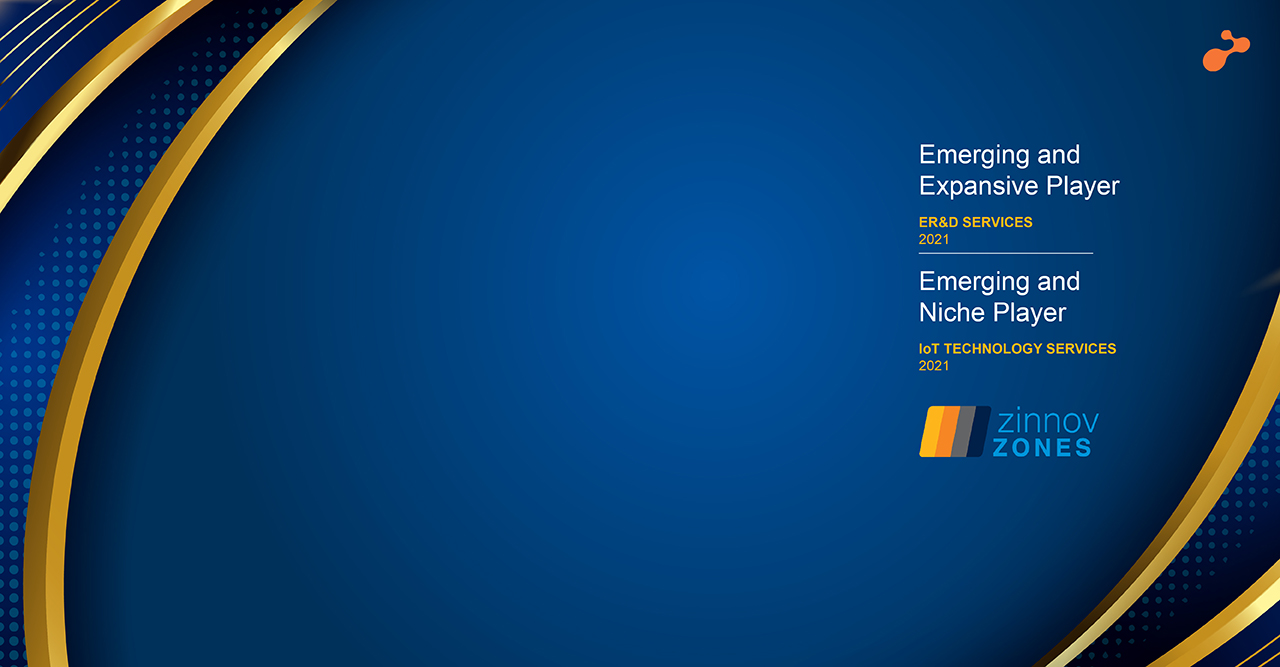‘Internet of Things’ seems like a simple term that sums up a very complex and increasingly interconnected world. The Internet of Things is a technological progression that will tell you how people use devices, much like how technology giants like Facebook and Google offer essential information on where people go to shop and play.
This spider of web has large implications on the many devices we use to interact with, every day. It is widely estimated that these devices connected to the internet will proliferate multiple-fold in next 10 years.
We can now imagine the numerous possibilities that lay hidden!
Cars capable of communicating with one another that can improve the morning commute, homes which can sense any danger from gas or fire next door, fridge equipped to alert you on real time when the milk is just about to turn bad, the possibilities are endless.
The demand for such systems along with data will propel, resulting in revolutionizing the way we interact with our surroundings and one another. In fact, those who can make quick and meaningful sense of all this would gain a competitive advantage.
IoT for start-ups
The scope of IoT is not just limited to large enterprises; even small businesses can have the advantage of its disruptive technology. We might not be far from the day when a start-up begins to use this data to build a great UI for mom-and-pop stores, to give them the information they need.
Since IoT connects people and objects by enormous numbers, many small and medium size enterprises are actively building their IoT ecosystems. From large corporations to start-ups, all want to be a part of this huge market, with some of the emerging startups in this space racing for position.
Perhaps, much of the innovation in IoT may be seen coming from startups as they have more freedom experimenting- to turn an idea into a profitable venture.
How IoT will impact the enterprise segment
Though the strategies on how to capitalize the IoT to generate business value are still emerging, it’s very much clear that these strategies and techniques will broadly fall under these sets:
- Systems of Engagement: Companies will try to extend the presence of their IT infrastructures through the length and breadth of the world. This will enhance and create an extended enterprise within a fast evolving digital enterprise ecosystem.
- Interconnected workplace: These comprise technologies for workplace that are usually wearable. These can include tools and devices that are connected for measuring and analyzing internal company communication and activities.
- Business process optimization and control: Here the big data technologies will be applied to manage, measure, and analyze business activities. So that once the processes are instrumented, they can be improved systematically. These techniques will be utilized to capture the data continuously, and also to extract meaning from it.
- Business Intelligence: Just as social media did for big data, business intelligence tools would provide vast levels of insights to businesses on the functioning of the world. This will help enterprises gain better understanding of reality to adapt and attune their businesses to the real world.
- Service and product automation: Enterprises will first enable and connect their IoT enabled ecosystems to their products and services, and many companies will soon build their products for and around IoT.
Many of these IoT tools and technologies constitute value-added services that can potentially generate revenues in the following domains/areas of business.
Challenges and opportunities for analysts in 2014
The opportunities provided by these large sets of data would also provide some challenges. The potential to create specific questions, and search through the data for meaningful answers will be a fundamental requirement for 2014 and forward.
Humongous amounts of data coming from all these interconnected devices have to be stored, organized and crunched. Many enterprises are not equipped to manage this huge amount of data. To solve this problem, cloud is the most reasonable solution. Cloud allows businesses store, host and deploy applications and analyze it as required.
To put this in perspective, it is a convergence of mobility, cloud and big data. Meaning, the connectedness of everything is soon going to be one of the largest industries in the world.


%20V5-05.jpg)







